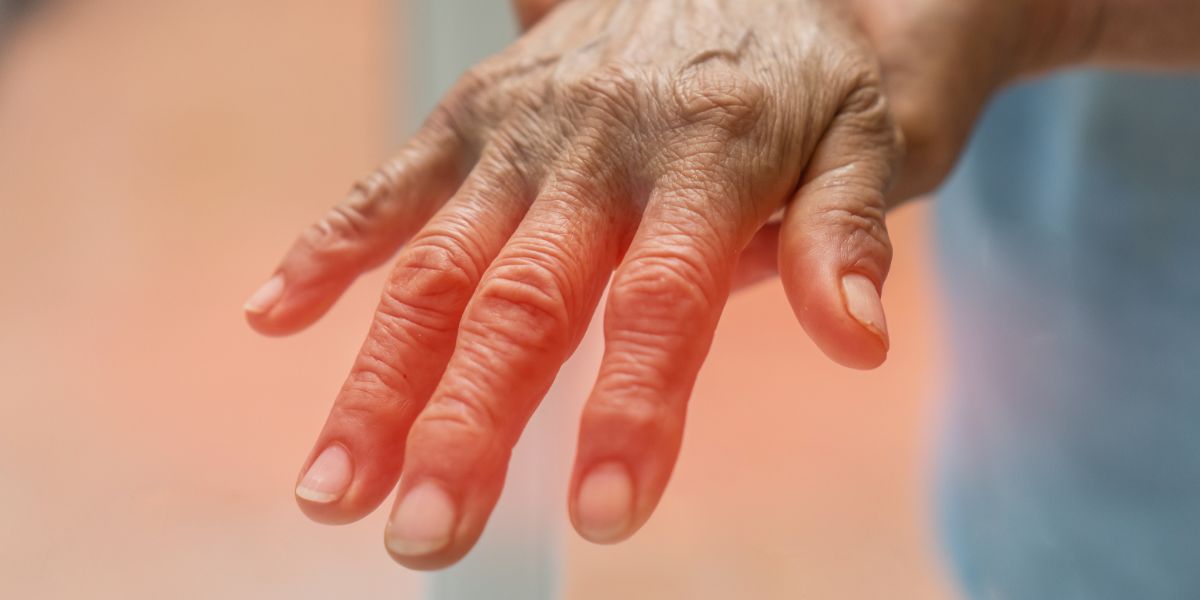Individuals living with diabetes are more likely to develop trigger finger compared to those without the condition, latest evidence shows.
Researchers from Lund University in Sweden have found that people affected by trigger finger are likely to have high blood sugar.
Trigger finger is a condition that affects one or more of the hand’s tendons, making it difficult to bend the affected finger or thumb.
- Bionic pancreas reduces emotional burden of diabetes management for families
- Meditation can lower blood sugar levels as well as diabetes drugs, research suggests
People with trigger finger can normally treat the condition with cortisone injections, but in some cases, they may need surgery, the study has reported.
Senior author Mattias Rydberg said: “At the hand surgery clinic, we have noted for a long time that people with diabetes, both type 1 and type 2, are more often affected by trigger finger.
“Over 20 per cent of those who require surgery for this condition are patients who have, or will develop, diabetes.”
During the study, the team of researchers analysed data from a healthcare database and the Swedish national diabetes register.
According to the data, around one per cent of the Swedish population are impacted by trigger finger, however the condition affected 10 to 15 per cent of people who have diabetes, especially type 1 diabetes.
The results show that high blood sugar levels causes the development of trigger finger amongst people with type 1 and type 2 diabetes.
People with high blood sugar were five times more likely to develop trigger finger compared to those with normal blood sugar levels, the findings have identified.
“However, we can’t know for certain if any of the groups seek healthcare more often than others which could be a factor that affects the results,” said Mattias.
Prior research has found that poor blood sugar management causes nerve entrapments in the hands.
Co-author Professor Lars B. Dahlin said: “It is important to draw attention to the complications from diabetes and how they can arise in order to discover them early, which enables faster treatment and thus a better outcome.
“In addition to nerve compressions and trigger finger, there may also be a link with thickening of the connective tissue in the palm (Dupuytren’s contracture), impairment of joint movement and the risk of arthritis at the base of the thumb.”
Professor Dahlin added: “The mechanisms behind these complications probably differ in the case of diabetes.
“The results of this study are interesting, as we can show that blood sugar dysregulation has a connection with the development of trigger finger.”
Mattias said: “From our experience at the clinic, surgery goes well and there are few complications, but it takes a little longer for patients with type 1 and type 2 diabetes to regain full movement and function.
“We want to investigate this hypothesis further. Another interesting idea is to see if trigger finger could be a warning signal for type 2 diabetes.”
He added: “It is far from all who are affected by trigger finger that have diabetes, but it would be interesting to see if by using modern registers we can discover those who are in the risk zone for developing diabetes.”
The study has been published in the journal Diabetes Care.




